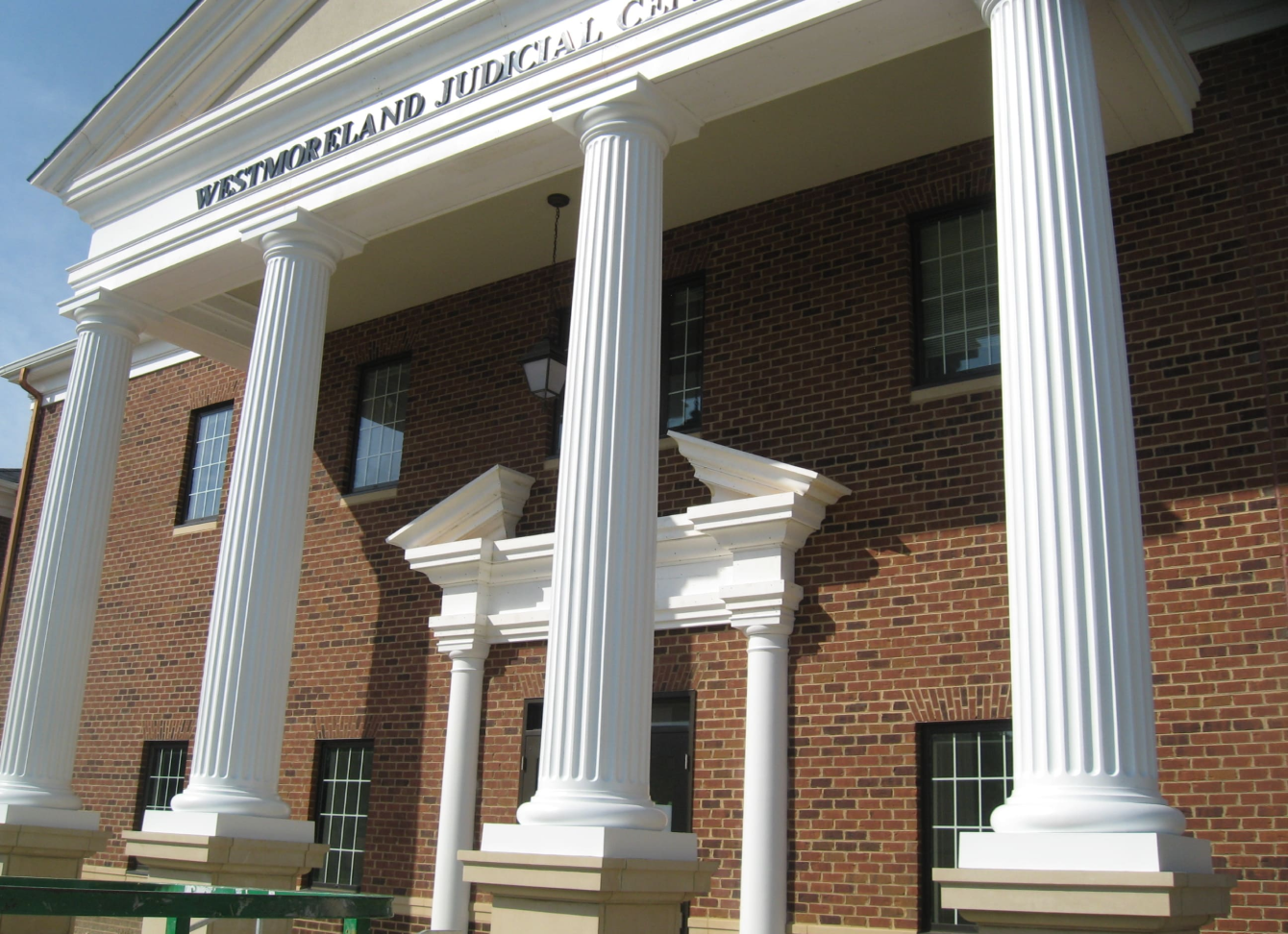A cornice is the decorated projection used as crowning at the top of the wall of a building or an architectural element. In the modern architectural world, a cornice is mostly used as a decorative item rather than just for functional purposes.
The number of available shapes and styles in cornices is virtually unlimited. Fiber-reinforced polymer (GFRP), widely known as fiberglass, is currently the most popular cornice material for various reasons.
Why Fiberglass is Popular
For many years, Terra cotta has been the most prevalent type of cornice. However, it is not easy to inspect and preserve because it is hollow with a complex construction process. You also cannot tell if the steel supporting the material is corroded.
Fiberglass, on the other hand, can be easily inspected. Any failure is likely to occur at the sealant joints and can be easily repaired. Fiberglass is also lighter. Unlike terra cotta, fiberglass is only about 1/8 thick. The other advantage of using fiberglass cornice is that it is cost-effective and has a shorter lead-time.
While terra cotta may take about 24 months for the completion of the production, fiberglass takes just about a ¼ of that time. This will depend on how elaborate the project is. Sheet metal and wood cornices are labor-intensive and hardly installed.
Fiberglass can mimic a variety of design elements including reveals, dentils, among others to make your architecture more striking. It is also available in many finishes, including copper, gold, marble, and limestone. You can also choose from different colors and textures, including aged metal, wood grain, and barrel tile.
Finish Appearance
Not only is fiberglass popular for its ease of use, but because it can also be easily molded to replicate different styles including limestone, terra cotta, marble, copper, among others. With it, you can achieve a high gloss polished look, rough stone texture, and smooth matte.
Most fiberglass cornices are also resistant to destructive UV rays and weather. The material can be customized using a gel coat to mimic the color and any other element on the building. Glass, flakes, granite, and natural stones can be introduced in fiberglass cornices.
Proper fabrication ensures custom finishes are indistinguishable from the material they mimic. Fiberglass gives you the advantage of custom matches for every project.
Installation
Compared to the installation cost, maintenance, and the material of other cornices, fiberglass is by far more practical. It is not to mean that the fiberglass cornice material is cheap. The methods used to install and the procedure employed lower the cost. Mostly, fiberglass is used to replace terra cotta cornices.
For new projects, GFRC must be attached in robust framing because other added details such as brackets, strip edges, and medallions add rigidity. Because fiberglass is versatile, there is the advantage of a wide range of design options available. The structural integrity of fiberglass eliminates the need for internal framing.
Should framing be required, affordable materials such as plywood can be employed to create the cornice roof. When installing this material, irregular details on the building, corners, and rake pediments should be put into consideration.
Fiberglass cornice is lightweight, weighing just a fraction of other architectural materials. It can be installed without additional support, making the process very easy. Because these materials are waterproof, the cornice can survive even under high humidity. Fiberglass cornice can also withstand salt, acid rain, wind, and heat.
Although there is no perfect cornice option, fiberglass is the best alternative. Should you suspect that your cornice needs repair or replacement, contact a professional architect or contractor who is knowledgeable in cornice structures.


